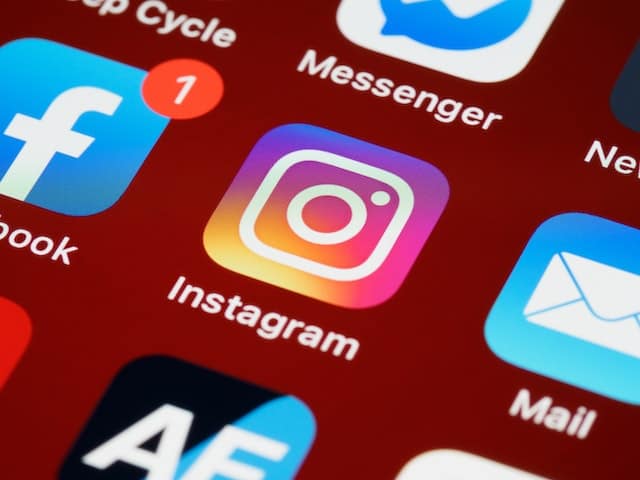Apple products have repeatedly caught user attention. Since quality is something we subconsciously associate with Apple, when developers build an app for iOS, user expectation is high.

iOS app testing helps identify issues with UI, bugs, performance concerns, unresponsive features, and more. Developers must test these aspects to ensure they build a high-quality app.
iOS app testing aims to give the most outstanding possible user experience. By finding and resolving issues before you can distribute the app to actual users, you can debug and solve these issues that would otherwise prohibit users from downloading, accessing, or using the app.
Developers can test iOS apps in multiple ways. Your app development approach may require using one or more supplementary testing resources.
You can have real users test apps live to see the app in action and report any issues they encounter. If you choose, you can utilize an iOS simulator or Xcode's in-built debugging tools instead.
The best way to guarantee peak performance and bug-free operation of your app is to subject it to rigorous mobile app testing utilizing various approaches. You may expect to find more problems and defects as time goes on with your app; after all, no app is flawless. However, your long-term prospects will improve if you can get the software to market as smoothly as possible.
Methods for Testing iOS Applications
We can classify the various simulators into logical groups to better understand the available choices. Listed here is a comparison of simulators and emulators, as well as the pros and cons of each type of testing.
Test Automation vs. Manual Procedures
Test cases for manual apps are executed "by hand." An actual gadget, like an iPhone or iPad, is required for this procedure. The tester will next follow a predefined set of steps and test cases to evaluate the app's functionality.
The purpose of a manual test is to validate the functionality of the software scripts for different use cases. Manual tests may involve simulating several user journeys via the app to ensure that the app works as intended.
Manual testing can also be used for discovery purposes, leading to the identification of other test types you can execute in the future.
Manual testing has a drawback in that it takes a lot of time and energy.
It's not always practical to retest all of the app's functionality after every single modification. You can utilize several iOS test automation tools and technologies to aid you through this process.
Emulators and Simulators
While it's common to hear the terms "emulator" and "simulator" used interchangeably, they refer to two distinct types of software.
An iOS app testing simulator is a computer program that can simulate the operation of an iOS device. Emulators can imitate the software and hardware functionality of real devices.
To sum up, while simulators model generic mobile device behavior, emulators replicate iOS devices down to the last detail.
Many iOS app simulators and emulators are web-based, meaning that you may access them from any modern web browser. However, neither of these methods can replace actual device testing.
Using Windows For iOS Testing
It's a common misconception that you need an iPhone or Mac to test iOS software, but neither of those things is required. You can test your iOS app on a Windows PC using any available platform. Many of these resources also serve as an effective means of verifying the quality of Android applications.
The finest iOS simulators for Windows involve Appetize, iPadian, Smartface, the AIR iPhone, and the Remoted iOS Simulator for Windows PC are all on the list.
Such resources can help you weigh the advantages and costs. Once you get a clear picture, you will find it easier to select the perfect tool for your requirements.
Nevertheless, performing Windows-based testing of iOS applications has been around for a while. In most cases, testing iOS apps requires an actual iOS device. A Mac is ideal for testing iOS apps, although a Windows PC will suffice in a pinch.
Conclusion
With various potential issues, developers and quality assurance specialists must choose which testing strategy would yield the best results.
HeadSpin can help you with your iOS testing requirements. First, it provides you with an extensive device cloud. This device cloud contains real, SIM-enabled devices backed by a powerful AI.
Testing on these devices can help you get accurate results for all your tests, and the Ai testing insights will provide actionable insights that can help carry out the best next steps.
While automation is an investment, in the long run, the benefits outway the initial costs. Leveraging services with comprehensive testing solutions will make your iOS testing highly effective. Since technology is constantly changing, these solutions will help you keep pace. With your testing needs taken care of, you can focus on user requirements and improving ROI.
